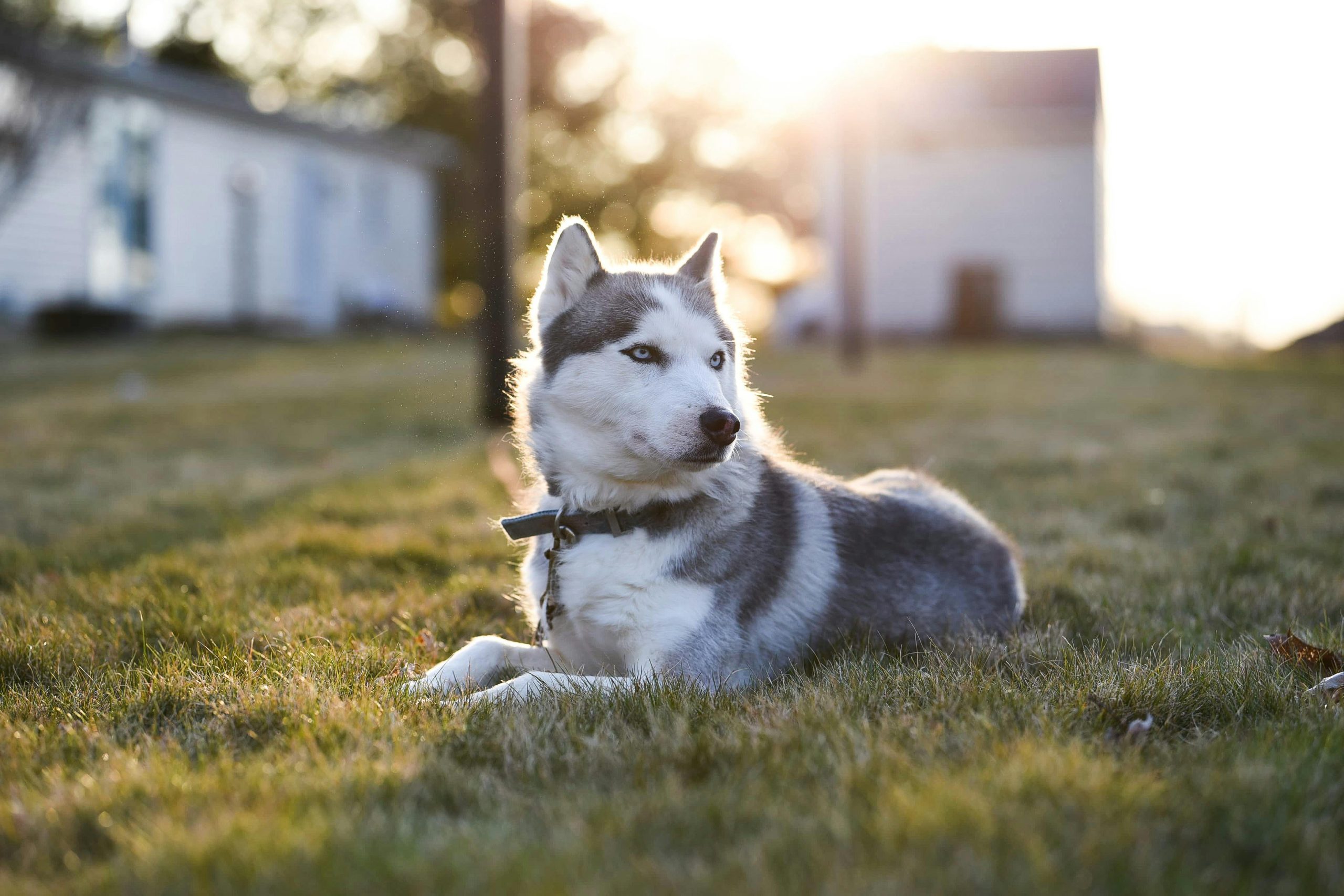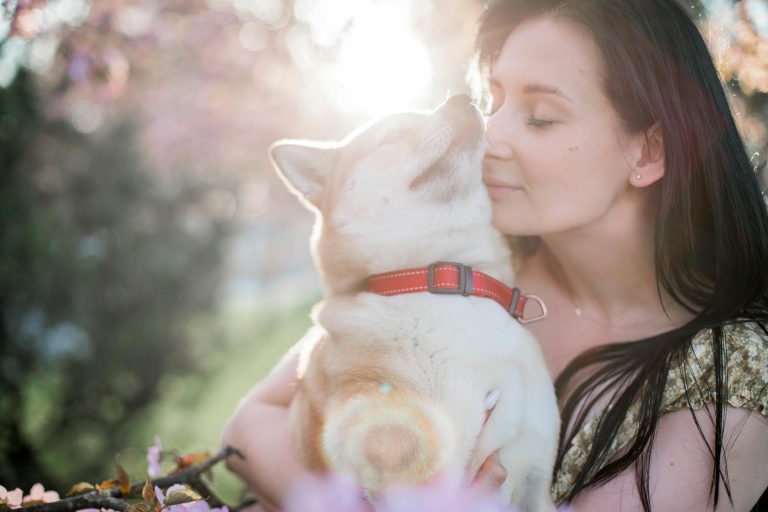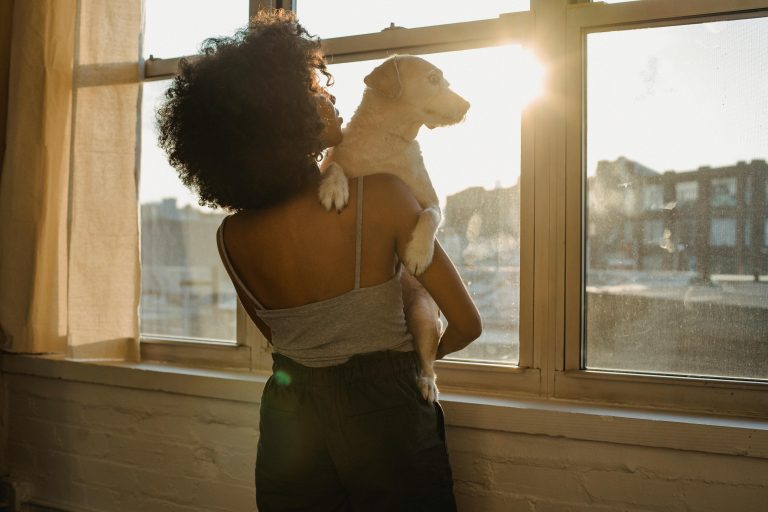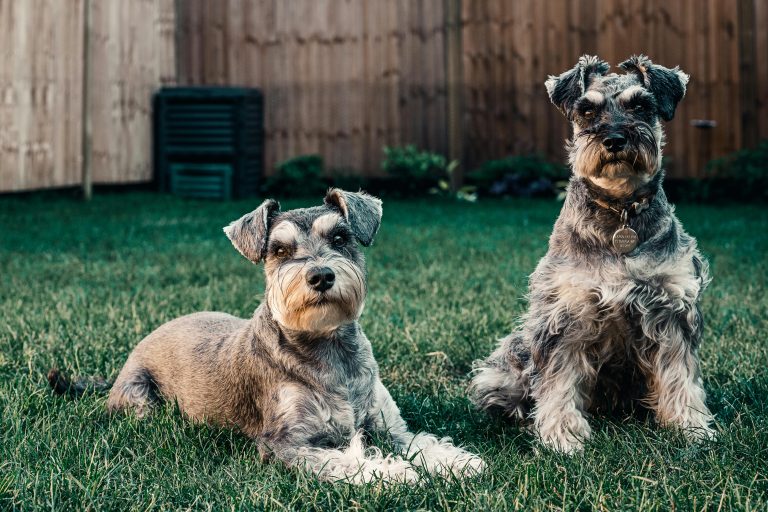How Do You Know If a Dog Trusts You?
Introduction: Dog Trusts
Welcoming a dog into your life is a heartwarming experience, but have you ever wondered how to establish a genuine connection with your furry companion? The key lies in understanding if your dog trusts you. In this article, we’ll explore the subtle yet powerful signs that indicate your dog feels a deep sense of trust towards you.

Signs of Trust in Dogs
Body Language Cues
1. Relaxed Posture
One of the most telling signs of trust in dogs is a relaxed posture. When your dog feels at ease in your presence, you’ll notice a lack of stiffness in their body. They may sit or lie down comfortably, showing that they feel secure.
2. Wagging Tail
A wagging tail is a classic indicator of a happy and trusting dog. Pay attention to the speed and height of the wag; a loose and mid-height wag usually signifies contentment.
Eye Contact and Facial Expressions
1. Soft Gaze
A soft, lingering gaze from your dog indicates trust. If they maintain eye contact with a gentle expression, it’s a clear signal that they feel safe and connected to you.
2. Happy Expressions
Dogs communicate joy through their facial expressions. Look for signs such as a relaxed mouth, slightly open and panting, or even a playful grin, all of which denote a high level of trust.
Building Trust with Your Dog
Establishing trust is a gradual process that involves consistent efforts and positive reinforcement.
Consistent Routines and Positive Reinforcement
Maintain regular routines for feeding, walks, and playtime. Dogs thrive on predictability, and a consistent schedule helps build a sense of security. Positive reinforcement, such as treats and praise, reinforces their trust in you as a source of comfort and reward.
Spending Quality Time Together
Quality time is invaluable in building trust. Engage in activities your dog enjoys, whether it’s a game of fetch, a leisurely walk, or simply cuddle time on the couch. The more positive experiences you share, the stronger the bond becomes.
Understanding Preferences and Dislikes
Every dog is unique, with individual preferences and dislikes. Pay attention to what makes your dog comfortable and what triggers anxiety. Respecting their boundaries and preferences fosters trust and strengthens your connection.
Respecting Boundaries
Understanding and respecting your dog’s boundaries is crucial for a trusting relationship.
Recognizing Personal Space
Just like humans, dogs appreciate having their personal space. Allow them to come to you for affection and avoid overwhelming gestures, especially with new or timid dogs.
Avoiding Aggressive Behavior
Any form of aggressive behavior, including yelling or physical punishment, erodes trust. Use positive reinforcement for good behavior and address behavioral issues with patience and understanding.
Proper Training Methods
Consistent and positive training methods build trust and understanding between you and your dog. Use rewards, praise, and clear commands to create a positive learning environment.
Communication and Trust
Effective communication is at the core of a trusting relationship with your dog.
Importance of Clear Communication
Dogs rely on both verbal and non-verbal cues. Clearly communicate your expectations and use consistent commands. Understanding their responses and adapting to their communication style enhances trust.
Using Verbal Cues and Commands
Simple verbal cues, such as their name or basic commands, help establish a language of communication. Use positive reinforcement when they respond correctly, reinforcing your role as a trustworthy leader.
Establishing Trust Through Effective Communication
Building trust involves a two-way street of understanding. Pay attention to your dog’s signals, and respond appropriately. The more effectively you communicate, the stronger the bond of trust.
Handling Fear and Anxiety
Recognizing and addressing fear and anxiety is vital for a trusting relationship.
Recognizing Signs of Fear
Dogs may exhibit signs of fear, such as trembling, hiding, or excessive barking. Identifying these signs allows you to address the source of anxiety and provide comfort.
Calming Techniques
Implement calming techniques, such as gentle petting, soothing tones, or offering a familiar toy or blanket. Create a safe space where your dog can retreat when feeling anxious.
Gradual Exposure to New Experiences
Introduce new experiences gradually, especially if your dog is hesitant or fearful. Gradual exposure builds confidence and trust that you will keep them safe in unfamiliar situations.

Trust-Building Activities
Engaging in trust-building activities strengthens the bond between you and your dog.
Fun Activities for Bonding
Explore activities that bring joy to both you and your furry friend. Whether it’s a hiking adventure, a day at the beach, or a simple game of tug-of-war, these shared experiences deepen the connection.
Interactive Play and Games
Interactive play fosters trust and teamwork. Play games that involve cooperation, such as hide-and-seek or puzzle toys, encouraging mental stimulation and bonding.
Consistency in Behavior
Consistency is key to maintaining
trust over time.
Maintaining Trust Over Time
Dogs thrive on routine and familiarity. Avoid sudden changes in your behavior or environment, as these can create uncertainty and erode trust. Consistency reassures your dog that they can rely on you.
Avoiding Sudden Changes
Abrupt changes in routine or environment can be stressful for dogs. When changes are necessary, introduce them gradually to allow your dog to adjust comfortably.
Adapting to Your Dog’s Needs
As your dog ages or faces health changes, adapt your care routine accordingly. Understanding and addressing their evolving needs reinforces trust in your commitment to their well-being.
Health and Well-being
Prioritizing your dog’s health and well-being is a fundamental aspect of building trust.
Regular Veterinary Care
Schedule regular veterinary check-ups to monitor your dog’s health. Prompt attention to any health concerns demonstrates your commitment to their overall well-being.
Proper Nutrition and Exercise
A balanced diet and regular exercise contribute to a healthy and happy dog. Meeting their nutritional and physical needs reinforces trust in your role as a responsible and caring owner.
Monitoring for Signs of Discomfort or Illness
Dogs may not express pain in obvious ways. Pay attention to subtle changes in behavior, appetite, or energy levels, as these can be indicators of discomfort or illness.
Case Studies
Real-life examples highlight the transformative power of trust-building with dogs.
Real-life Examples of Trust-Building with Dogs
Explore stories of dogs overcoming past trauma or building trust in challenging circumstances. These case studies inspire and offer practical insights into building trust.
Success Stories and Challenges Overcome
Celebrate success stories where trust was established, and challenges were overcome. These narratives showcase the resilience and trust that can develop between humans and their canine companions.
Conclusion
In conclusion, the journey of building trust with your dog is incredibly rewarding. By understanding their signals, respecting boundaries, and fostering clear communication, you can create a strong and lasting bond. The joy of a dog’s unwavering trust is a testament to the depth of the human-canine connection.




Leave a comment